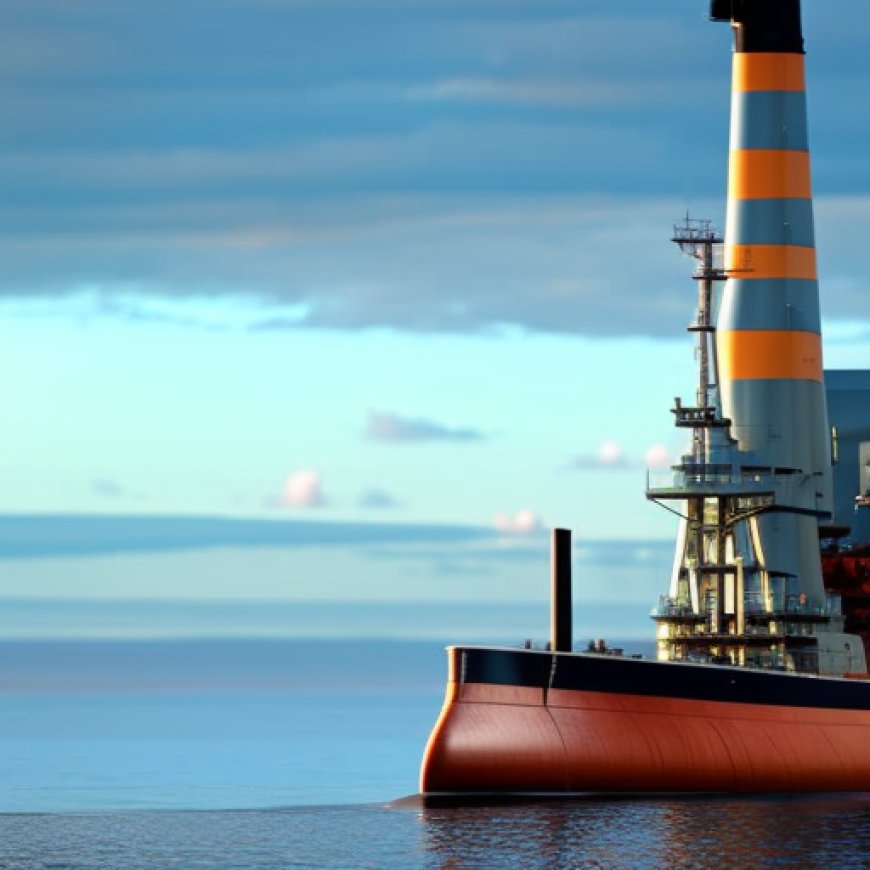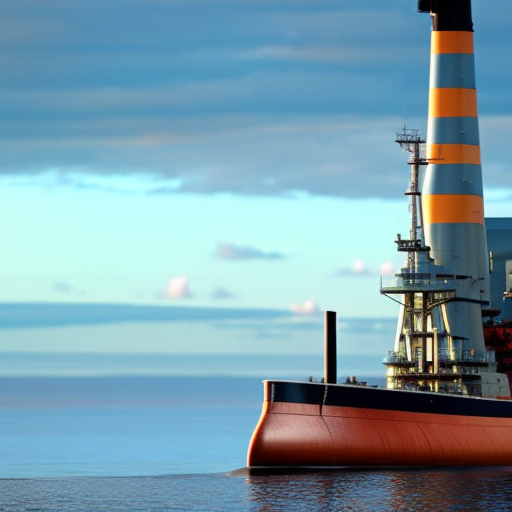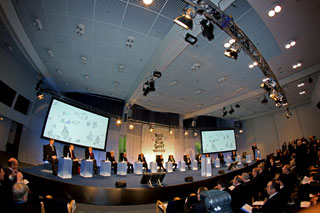Baltic Sea Action Summit: Nord Stream to establish environmental Data and Information Fund
Baltic Sea Action Summit: Nord Stream to establish environmental Data and Information Fund The Baltic Course


Establishment of Nord Stream Data and Information Fund for the Preservation of the Baltic Sea
At the Baltic Sea Action Summit in Helsinki today, Nord Stream took a further concrete step in line with its firm commitment to preserve the Baltic Sea. Nord Stream decided to establish a new Data and Information Fund to utilise its extensive knowledge and survey data for further research and preservation of the Baltic Sea. Nord Stream will share the valuable knowledge which it has gathered over several years for the purposes of preparing and submitting the relevant documentation in pursuit of corresponding permits for the construction and operation of the natural gas pipelines through the Baltic Sea.
Commitment to Sustainable Development Goals (SDGs)
Nord Stream’s establishment of the Data and Information Fund aligns with the Sustainable Development Goals (SDGs), particularly SDG 14: Life Below Water. By sharing their knowledge and survey data, Nord Stream aims to contribute to the preservation and improvement of the Baltic Sea ecosystem.

“The Baltic Sea is the home of our project. Therefore, we want to actively participate in its improvement as part of our Baltic Sea co-operation. The Baltic Sea Action Summit is a unique opportunity, bringing together various parties and investments made for the common good,” said Matthias Warnig, Managing Director Nord Stream AG.
Objective of the Fund
The objective of the Fund is to increase existing knowledge regarding the state of the Baltic Sea and its preservation. The new Fund will compile and convert the various data, for example high-resolution bathymetry and sediment-type data, into usable information that is needed to conduct projects within the HELCOM’s Baltic Sea Action Plan (BSAP). Nord Stream will equip the Fund with the data, as well as with IT hard- and software and human resources for this purpose. Data which is subject to legal restrictions by laws of the Baltic Sea countries will be excluded from the Fund’s database. Nord Stream will liaise with national authorities on this question.
Extensive Environmental Studies
The unique data gathered by Nord Stream covers the entire range of HELCOM’s Baltic Sea Action Plan priorities, including eutrophication, hazardous substances, environmentally-friendly maritime activities, and biodiversity. Nord Stream has invested over 100 million euros in conducting the most extensive environmental studies of the Baltic Sea.
“We hope that the data we have gathered will help to form a better picture of the challenges which the Baltic Sea is facing. We also want to encourage universities and researchers around the Baltic Sea to create new solutions to improve the state of our sea,” said Warnig.
Collaboration with Stakeholders
The Nord Stream Data and Information Fund will be complementary to the already existing data pools, e.g. HELCOM. Therefore, in the first phase of setting up the Fund in 2010, Nord Stream intends to work in co-operation with other stakeholders in this field, such as HELCOM, the Baltic Sea Action Group (BSAG), universities, and NGOs active in Baltic Sea research. In the second phase in 2011-2013, the database infrastructure and data management system will be completed and the database will be filled with the pre-construction survey data as well as with environmental monitoring information. The Fund will start selecting applicants and distributing data in co-operation with relevant stakeholders in 2013. Nord Stream will maintain the database until 2021, in line with many of the HELCOM projects.
Baltic Sea Action Summit (BSAS)
The Baltic Sea Action Summit (BSAS) is a joint initiative of the President of Finland, the Finnish Prime Minister, and the BSAG. Its objective is to join resources of public, private, and third-party actors for the benefit of the Baltic Sea.
SDGs, Targets, and Indicators in the Article
1. SDGs Addressed or Connected to the Issues Highlighted in the Article
- SDG 14: Life Below Water – This goal focuses on the conservation and sustainable use of oceans, seas, and marine resources.
2. Specific Targets Under Those SDGs Identified Based on the Article’s Content
- Target 14.1: By 2025, prevent and significantly reduce marine pollution of all kinds, in particular from land-based activities, including marine debris and nutrient pollution.
- Target 14.2: By 2020, sustainably manage and protect marine and coastal ecosystems to avoid significant adverse impacts, including by strengthening their resilience, and take action for their restoration in order to achieve healthy and productive oceans.
3. Indicators Mentioned or Implied in the Article that Can Be Used to Measure Progress towards the Identified Targets
- Extent of marine pollution reduction: The article mentions that Nord Stream has invested over 100 million euros in conducting extensive environmental studies of the Baltic Sea, covering priorities such as eutrophication, hazardous substances, environmentally-friendly maritime activities, and biodiversity. The data gathered by Nord Stream can be used to assess the extent of marine pollution reduction efforts.
- Status of marine and coastal ecosystems: The establishment of the Data and Information Fund by Nord Stream aims to increase knowledge regarding the state of the Baltic Sea and its preservation. By compiling and converting various data into usable information, the Fund can contribute to assessing the status of marine and coastal ecosystems.
Table: SDGs, Targets, and Indicators
| SDGs | Targets | Indicators |
|---|---|---|
| SDG 14: Life Below Water | Target 14.1: By 2025, prevent and significantly reduce marine pollution of all kinds, in particular from land-based activities, including marine debris and nutrient pollution. | Extent of marine pollution reduction |
| SDG 14: Life Below Water | Target 14.2: By 2020, sustainably manage and protect marine and coastal ecosystems to avoid significant adverse impacts, including by strengthening their resilience, and take action for their restoration in order to achieve healthy and productive oceans. | Status of marine and coastal ecosystems |
Behold! This splendid article springs forth from the wellspring of knowledge, shaped by a wondrous proprietary AI technology that delved into a vast ocean of data, illuminating the path towards the Sustainable Development Goals. Remember that all rights are reserved by SDG Investors LLC, empowering us to champion progress together.
Source: baltic-course.com

Join us, as fellow seekers of change, on a transformative journey at https://sdgtalks.ai/welcome, where you can become a member and actively contribute to shaping a brighter future.







